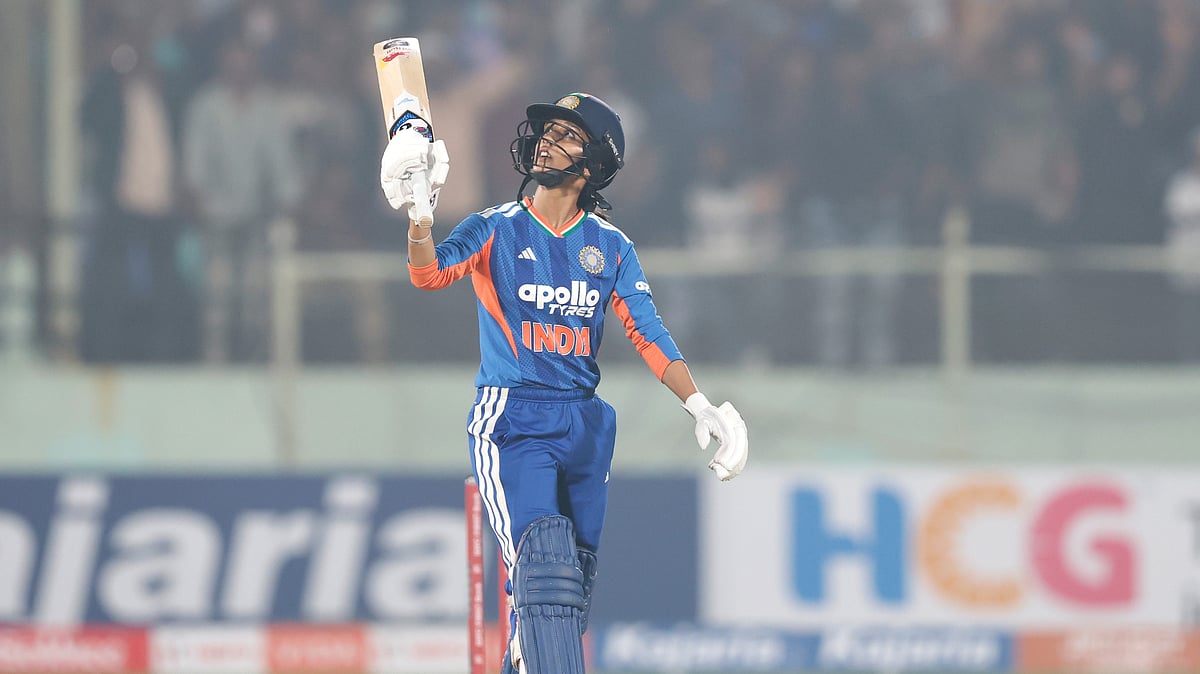The Pran Pratishtha Ceremony of Ram Temple in Ayodhya was succesfully hosted on Monday, January 22, 2024. Discover fascinating facts about the newly inaugurated Ram Mandir in Ayodhya, including its unique architecture, historical significance, and special features.
Here are 50 interesting facts about Ram Mandir in Ayodhya
It's the largest temple in India, covering 70 acres, with 70% being a green area.
The 3-storey Mandir is built in the traditional Nagara style
The main temple area covers 2.67 acres of land.
2. Built by Shri Ram Janmabhoomi Teerth Kshetra Trust, the temple's total cost was Rs 18,000 crore.
The architecture is influenced by both northern and southern styles.
The temple, a three-story structure, has each floor with a height of 20 feet.
A similar temple exists in Thailand, constructed in 2010 by a Thai princess.
The Ram idol for Pran Pratishtha is made of eight metals and weighs 2100 kg.
The temple was constructed using stones, copper, white cement, and wood, avoiding the use of iron or steel.
The doors, made of teak wood, were gold-plated.
A 73-metre long and 14-feet wide wall surrounds the temple.
Pink sandstone from Bans Paharpur in Rajasthan was used for the walls and pillars.
The bricks used to build the walls bear the sacred inscription ‘Shri Ram.’
Idols in the temple were crafted from shaligram rock, found in the Gandaki river in Nepal.
The base of the temple was built with granite stones from Karnataka and Telangana.
A 14-metre-thick Roller Compacted Concrete is placed under the temple.
The foundation of the temple includes sacred soil from 2587 places like Jhansi, Bithoori, Haldighati, and Golden Temple.
The temple has 32 steps at the entrance, with a height of 16.11 ft from the ground, that will lead the devotees before entering through Singh Dwar.
In the inauguration ceremony, water from 155 holy rivers and soil from 2000 pilgrimage sites were used.
A time capsule, buried 2000 feet below, contains a message about Ayodhya’s history and Lord Rama’s birthplace.
The temple has a garden based on astrological constellations, featuring 27 types of plants representing the 27 nakshatras.
The Ram Rasoi in the temple offers free food to visitors and the needy.
The temple stands at 250 ft wide and 161 ft tall.
It's an earthquake-resistant structure, estimated to be 2500 years old.
The bell is made of Ashtadhatu and can be heard up to 15 km away.
The world’s largest lock, weighing 400 kg, has been gifted for the Ayodhya Ram Temple.
Pran Pratishtha was conducted in the ‘Abhijit muhurta’ lasting for 84 seconds on Monday.
After Pran Pratishtha, a 48-day cycle of mandala puja will be conducted.
Four temples dedicated to Surya Dev, Devi Bhagwati, Ganesh Bhagwan, and Lord Shiva stand at the corners of the compound.
Five Mandaps within the temple cater to different aspects of devotion and celebration.
Over 3,000 gifts from Goddess Sita’s birthplace in Nepal’s Janakpur have arrived on the day of Pran Pratistha Ceremony.
The temple complex includes a Pilgrims Facility Centre, a temple for Maa Annapurna, and one for Lord Hanuman.
Inside the Ayodhya Ram Mandir, there's a mythological well known as Sitakoop.
Gold coating is planned for 42 doors in the temple.
Ramps and lifts are available for disabled and elderly persons.
A Pilgrim Facility Centre (PFC) is being constructed with a capacity of 25,000 people.
The complex will include a separate block with bathing areas, washrooms, and washbasins.
Each of the 390 pillars will have 16-28 idols of deities, and the walls will showcase carvings of mythological figures.
A Sri Lankan delegation gifted a rock from the historic Ashok Vatika, a garden in Ravan’s kingdom where he held Sita in captivity.

40. The temple's construction avoids the use of iron and is built to last at least a thousand years.
41. The temple is surrounded by a rectangular parikrama called Parkota.
42. Four temples stand on the periphery of the Parkota, dedicated to Goddess Bhagwati, Lord Shiva, Lord Surya, and Lord Ganesha.
43. A temple to Lord Hanuman is on the southern arm, and one to Maa Annapurna is on the northern arm.
44. Reports emphasize the absence of steel in the temple's construction, with the entire structure made of stones.
45. Prime Minister Narendra Modi laid the foundation stone for the Ram Mandir on August 5, 2020.
46. A 21-foot-high plinth, constructed using granite, protects against ground moisture.
47. A PTI report from October last year stated that the trust spent ₹900 crore on the construction of the Ram Temple in Ayodhya between February 5, 2020, and March 31, 2023.
48. The main Garbh Griha holds the idols of Ram Lalla.
49. As the newly-built Ayodhya Temple prepares to open its doors to devotees on January 23.
50. Inside the Ayodhya Ram Mandir, there's a mythological well known as Sitakoop.









